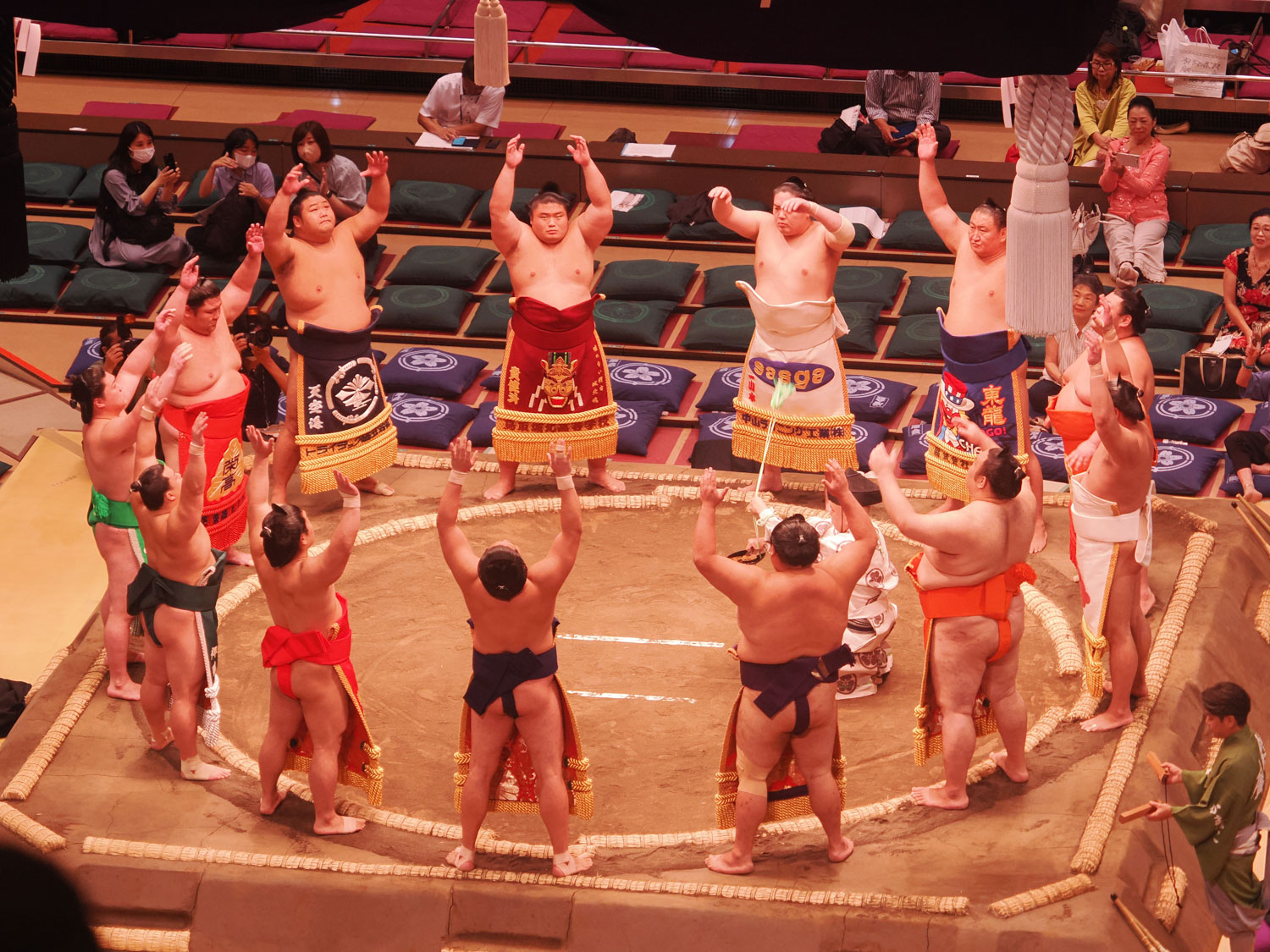
Photographing a Sumo Tournament in Tokyo at Ryogoku Kokugikan
Sumo wrestling has been an integral part of Japanese culture for centuries, and its tournaments have captivated audiences all over the world, some intensely interested, others puzzled but amused by what they’re witnessing.
*A little warning for those who don’t want to see too much flesh, the photos within this article do showcase a lot of skin. I’ve tried to photograph the event tastefully and used creative techniques to make the images a little more arty…hopefully you’ll enjoy seeing a peek inside this fascinating Japanese sport.
On my recent trip to Tokyo, I was lucky enough to reserve a ticket to the September tournament at Ryogoku Kokugikan, the national sumo arena of Japan. I reserved the seat online, picked up the tickets at a local 7-Eleven store and had no idea as to where we’d be sitting, but assumed it would be very far from the action because they were roughly $20AUD.
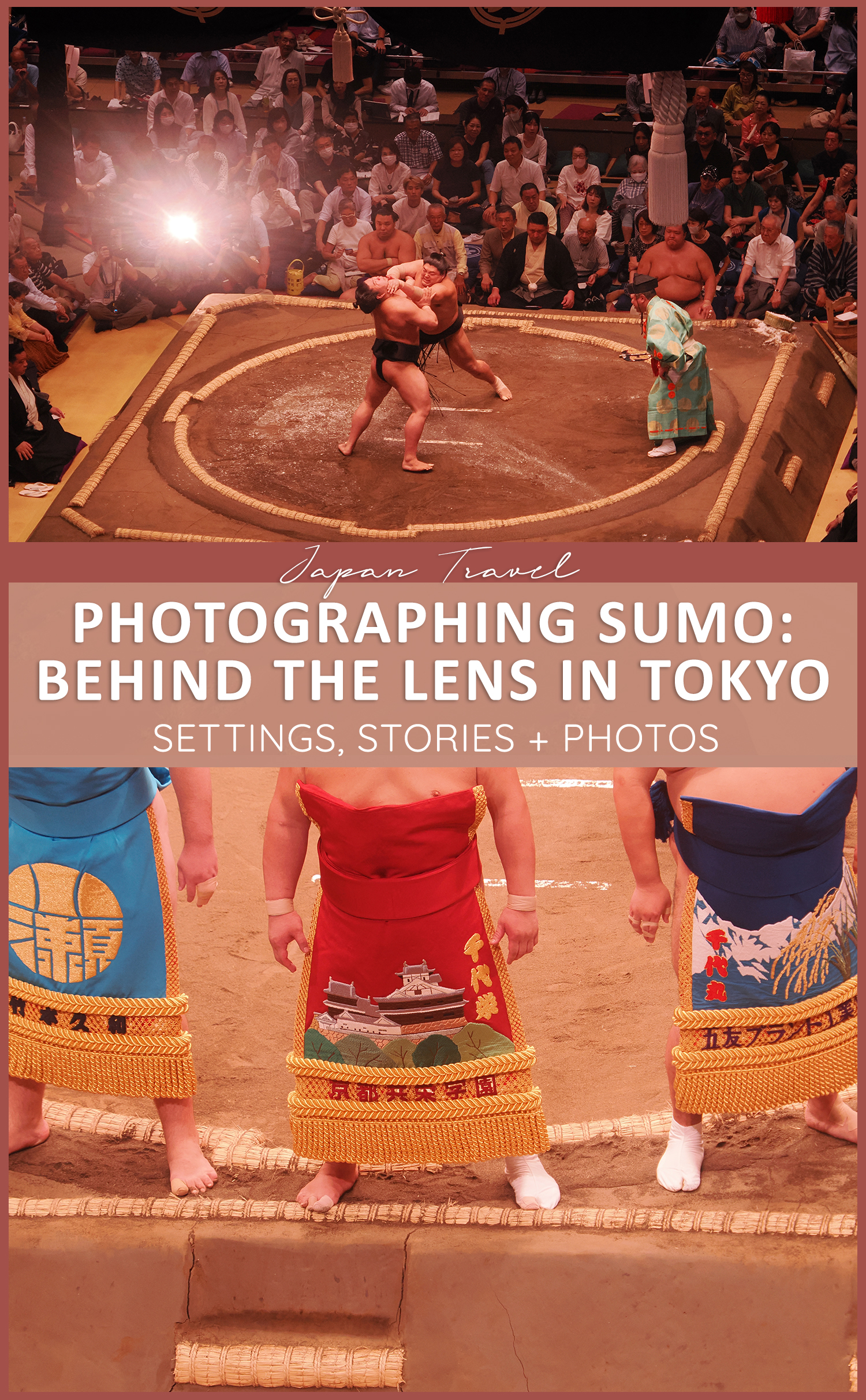
Spoiler, we were in the very back row, but this actually ended up being ideal for someone who had no idea what was happening and wanted to photograph as much as possible without getting in anyone’s way.
So, let’s chat about sumo wrestling, a phrase I never thought I’d be typing. I want to offer an insight into what it’s like to photograph at a sumo tournament, some photography tips to help plan what lenses to pack and what camera settings work best, plus a little insight into what the heck is actually happening when they step into the ring, or more specifically, dohyō.
One of the most prominent sumo tournaments is held annually in September in Tokyo, just a few blocks down from the Tokyo Skytree at Ryogoku Kokugikan National Sumo Arena. This event not only showcases the physical prowess and skill of sumo wrestlers but also pays homage to the rich tradition and history of this revered sport. The arena, the atmosphere and the evident culture provide a fascinating insight into both the competitors and the fans.
Sumo wrestling dates to ancient Japan, with its origins deeply rooted in Shinto rituals. Considered a sacred event, it was believed to be a way to entertain the gods and bring good fortune to the community. Over time, it evolved into a highly skilled sport that demands immense strength, agility, and mental discipline. Today, sumo tournaments are held in grand arenas called “kokugikan,” which translates to “national sport hall,” symbolising the significance of this ancient tradition.
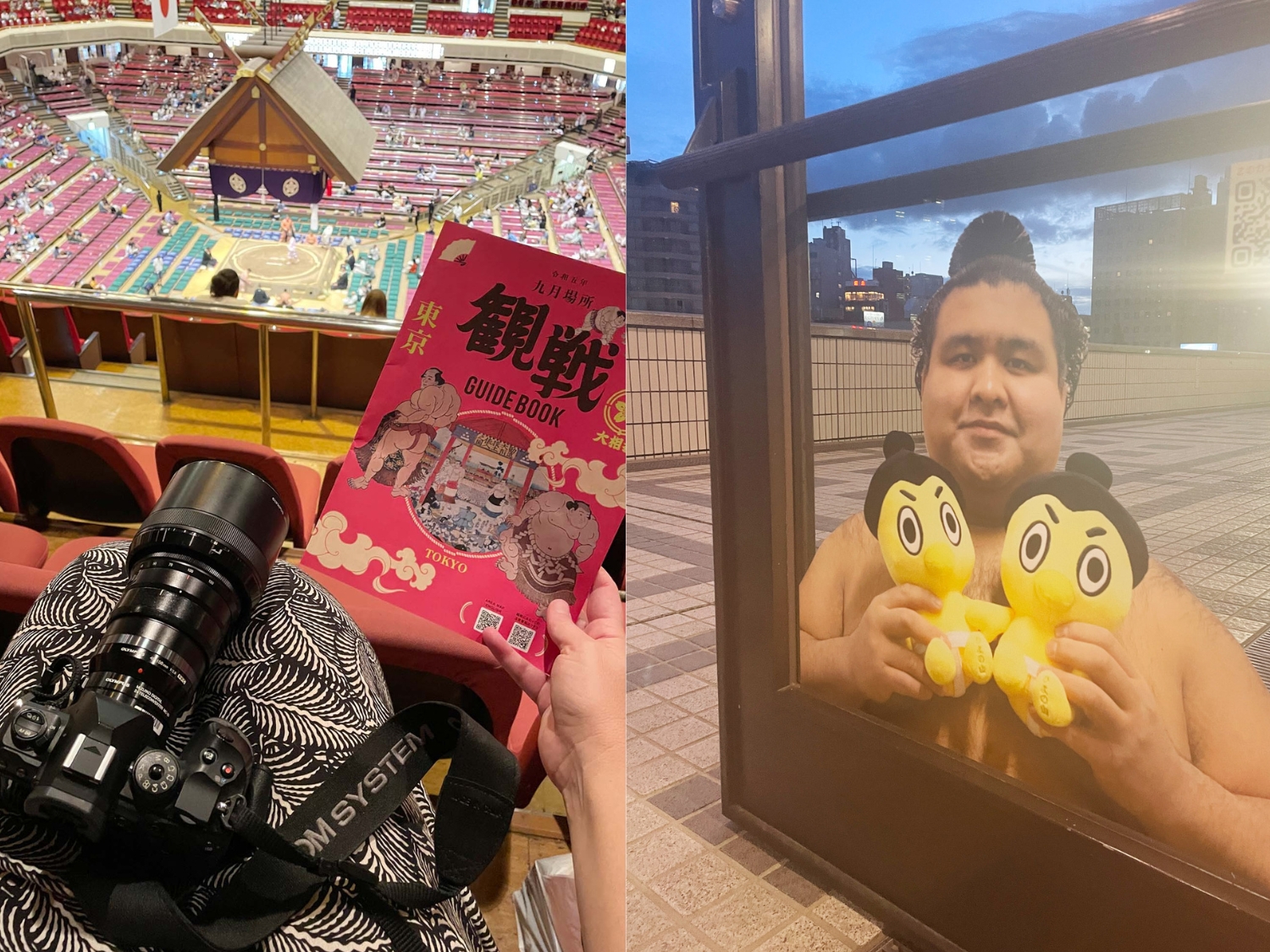
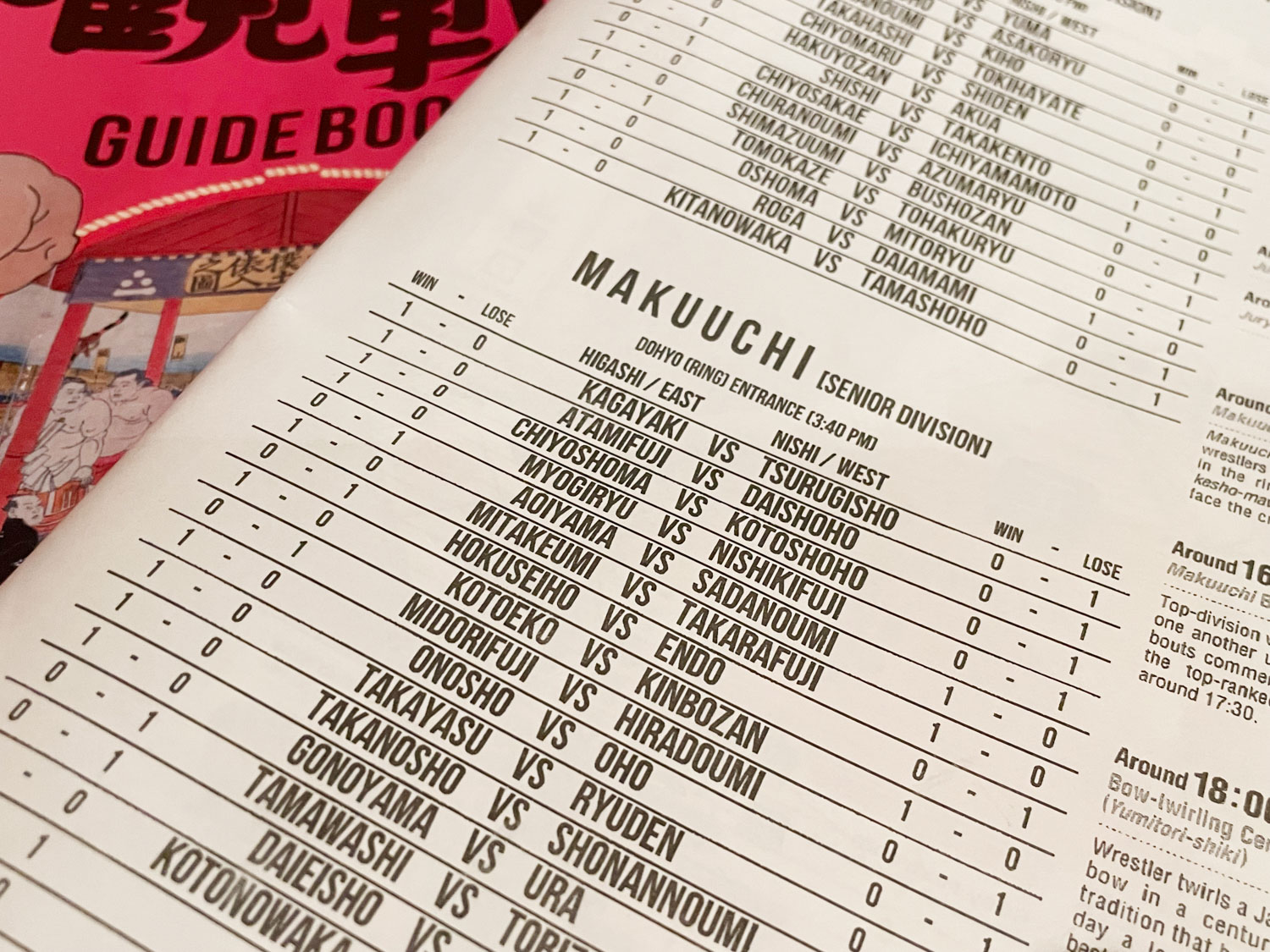
The September Sumo Tournament in Tokyo
The September sumo tournament in Tokyo is one of the most prestigious events on the sumo wrestling calendar. The tournament, known as the “Aki Basho,” attracts fans from around the world who gather at the Ryogoku Kokugikan to witness the intense battles between sumo wrestlers, or “rikishi.” These wrestlers, wearing nothing more than loincloths and a symbol of their stable’s crest, preserving the simplicity and sacredness of the sport.
I must admit to being a little taken aback when I first put on the 40-150mm F2.8 pro lens and paired it with my MC-20 2 x teleconverter to get closer to the action…hello skin!
The tournament spans over fifteen days, with each day’s matches divided into various divisions, starting from the lowest-ranked wrestlers, known as “jonokuchi,” to the highest-ranked, called “makuuchi.” The competition progresses in a round-robin format, where each wrestler fights against every other wrestler within their division. The goal is to win as many matches as possible to secure a higher rank in the following tournaments.
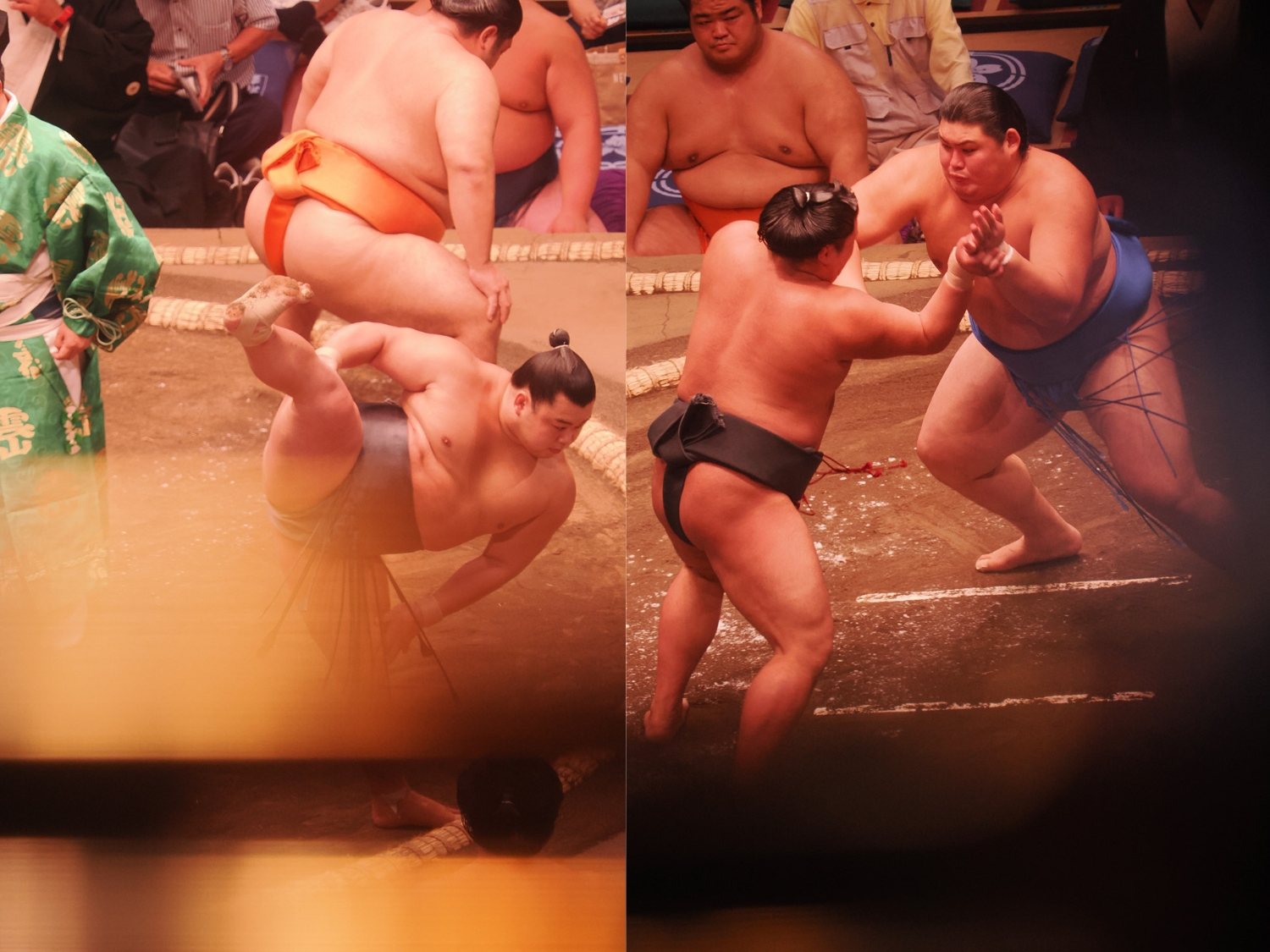
The main matches with the makuuchi start around 4:30pm and last roughly an hour and a half. However, the day begins at 9am and you can enter the stadium to watch the lower ranked competitors too. We arrived at 11am, because I wanted time to get adjusted to the conditions, try to work out what was going on and how everything flowed. By arriving early, we had plenty of space around us as most of the crowd didn’t arrive until 3-4pm, it meant I could move around in my seat without bothering anyway and gave me a chance to test out come creative techniques with a lot of matches.
In the morning, the atmosphere inside the Ryogoku Kokugikan was really quite relaxed, once the bigger matches started happening around 5pm though, it is electrifying, with the crowd chanting the names of their favourite wrestlers and waving signs.
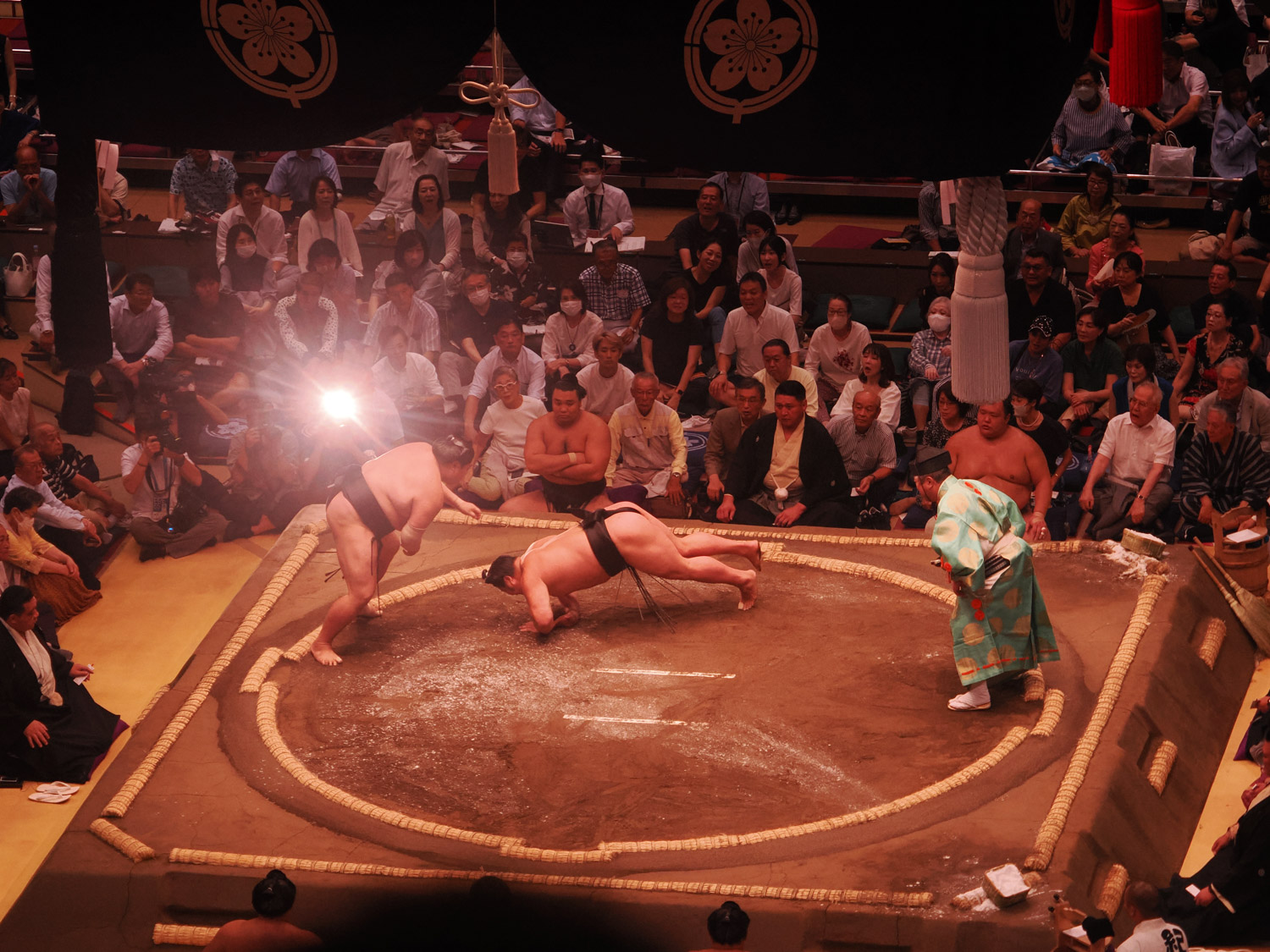
Photo Tips for Sumo Wrestling
Firstly, no flash photography is allowed (unless you’re a registered member of the press), and you’re not permitted to walk the aisles trying to get a better vantage point. Essentially, you take your seat and photograph from it.
Due to the layout of the arena, it’s really easy to photograph from almost any seat, as I said, I was in the very back row and still loved the experience and came away with a lot of shots I was really happy with.
- Pack a zoom lens, if you’re like me and end up in the back row, you’ll need all the zoom you can get if you’re seeking closer shots of the competitors. I had the OM SYSTEM OM-1 camera paired with the 40-150mm f2.8 pro lens and the MC-20 2x teleconverter on for most of the day.
- There are plenty of matches throughout the day, so watch a few first to see what aspects you want to photograph and start to generate some creative ideas for how.
- Look around to see what other elements you can include within your shots, I loved bending slightly in my seat to incorporate the golden glow of the banister. At first it felt like it was in my way, but then I found a way to compose the shots and produce some creative shots featuring the competitors and a bit of golden bokeh.
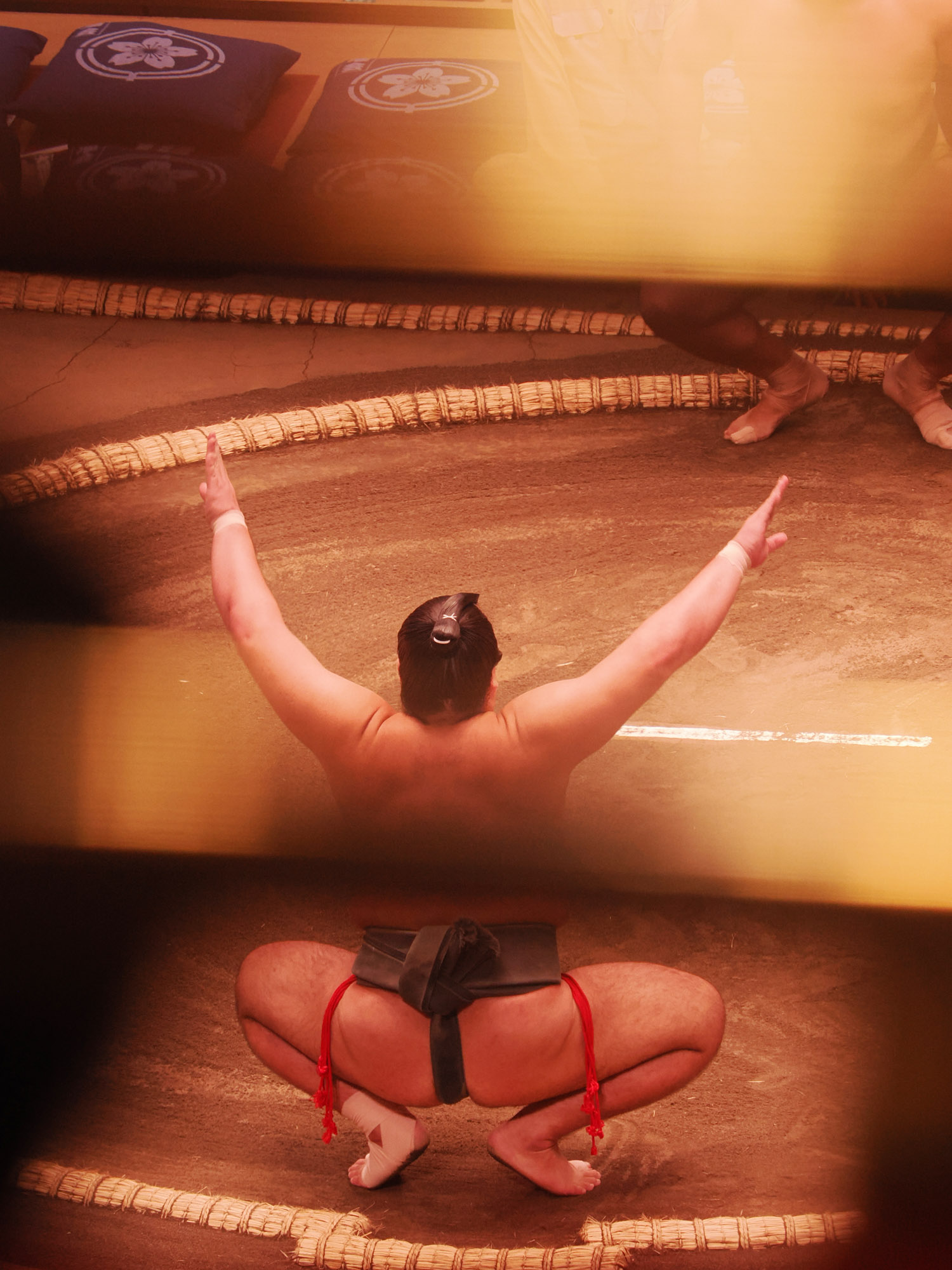
- Don’t be so consumed by taking photos that you miss the experience and taking part in the atmosphere.
- A lot of the matches are over within mere seconds, so it can be helpful to set your camera to capture multiple frames. I was using the OM SYSTEM Pro Capture once the matches got really impressive!
- The press pit is located right beside the dohyō, if you’re sitting opposite, it can be fun to time your shots with their flashes to help create an image that highlights the spectacle and adds an additional pop of light to set the scene.
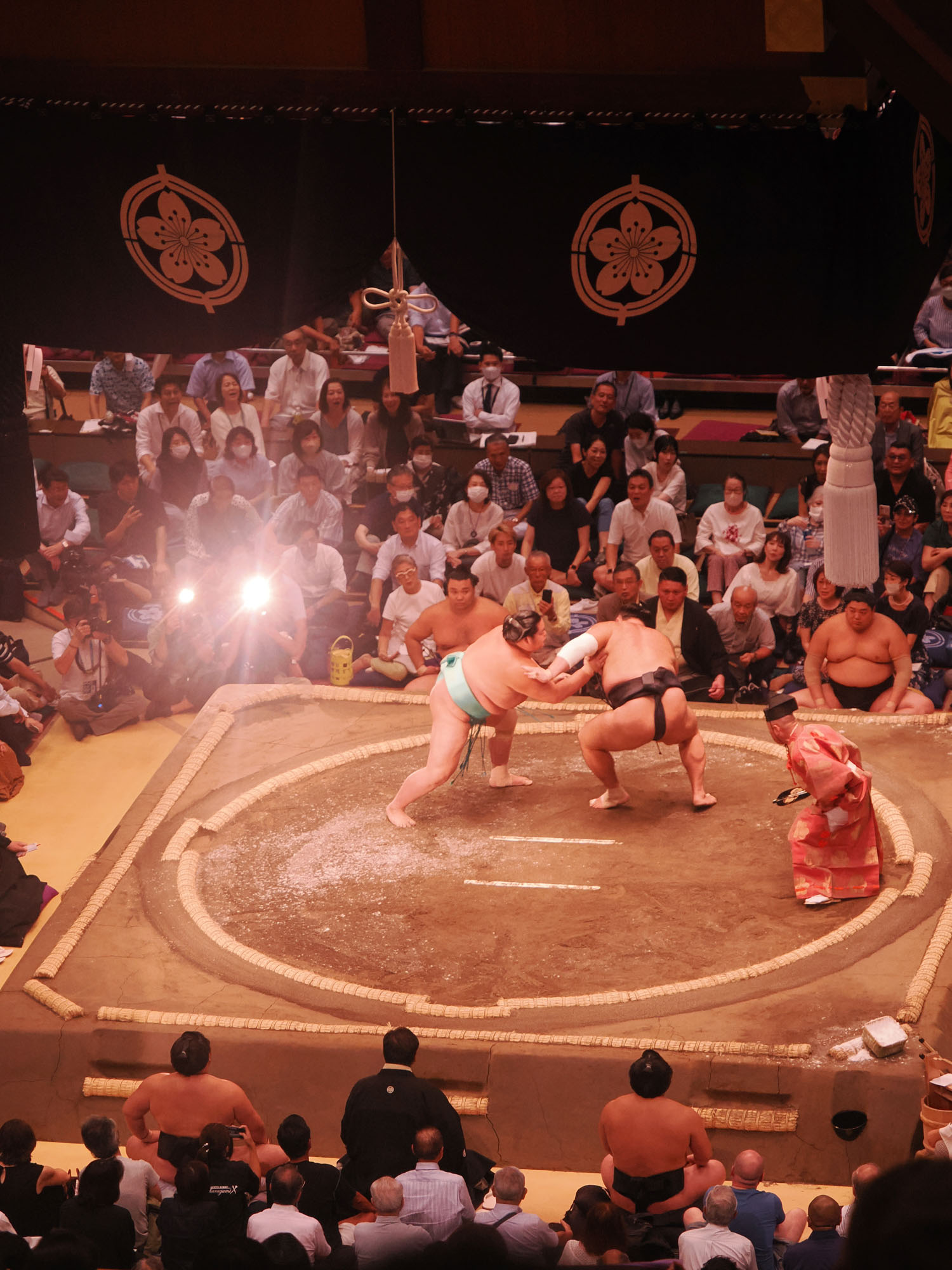
- You may need to increase your ISO to around 1600 and shoot with a fast shutter speed to comfortably capture the action without blur. It’s relatively well-lit inside the arena, however depending on where you’re seated, the lower light can make things a little trickier.
- Before each match, the sumo wrestlers will stretch and do the same routine. This is a great chance to capture portraits and experiment with various angles, compositions and subjects.
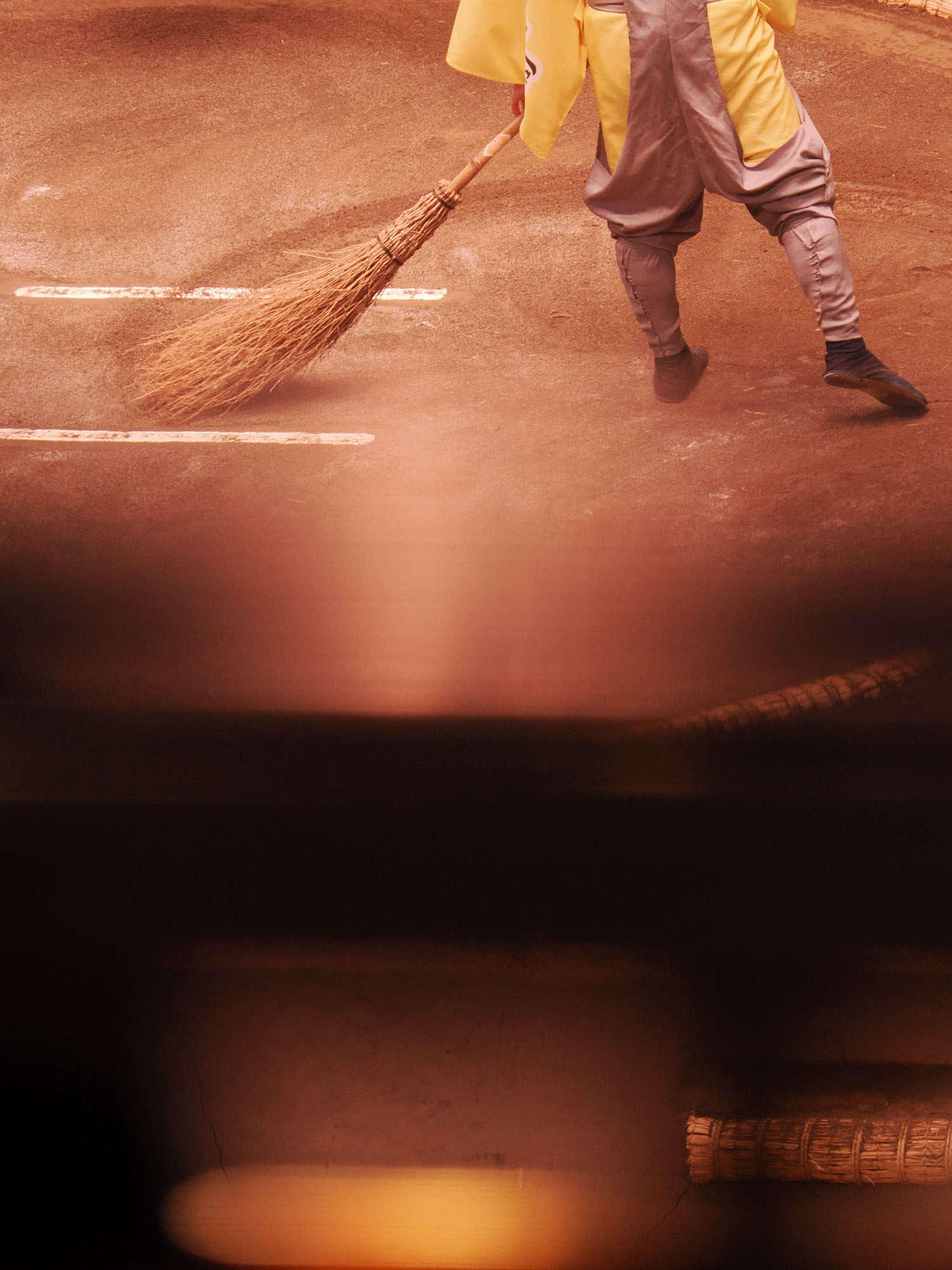
Creative Challenge – Photographing Movement
There are a bunch of matches throughout the day, so many that you’ll eventually want to experiment and get a little creative with your photographs.
Give long exposures a go to capture the movement and motion of the athletes, but also the tradition. Between matches someone will come out to use a broom to sweep the surface, for each level of competition, there’s a parade of competitors and the movement here is incredibly fun to capture as they walk around the dohyō with the colourful crests.
Once the higher-ranked sumo wrestlers take the stage, you’ll notice a parade of banners before each match begins. These are sponsors, and the more money on the match, the more colourful banners are paraded around. It’s actually quite fun to see because it may begin with three banners, then a further six will come from a different direction and the crowd goes wild with cheers. During this time the sumo wrestlers are getting prepared so you can capture the movement of the banners while they’re in the frame.
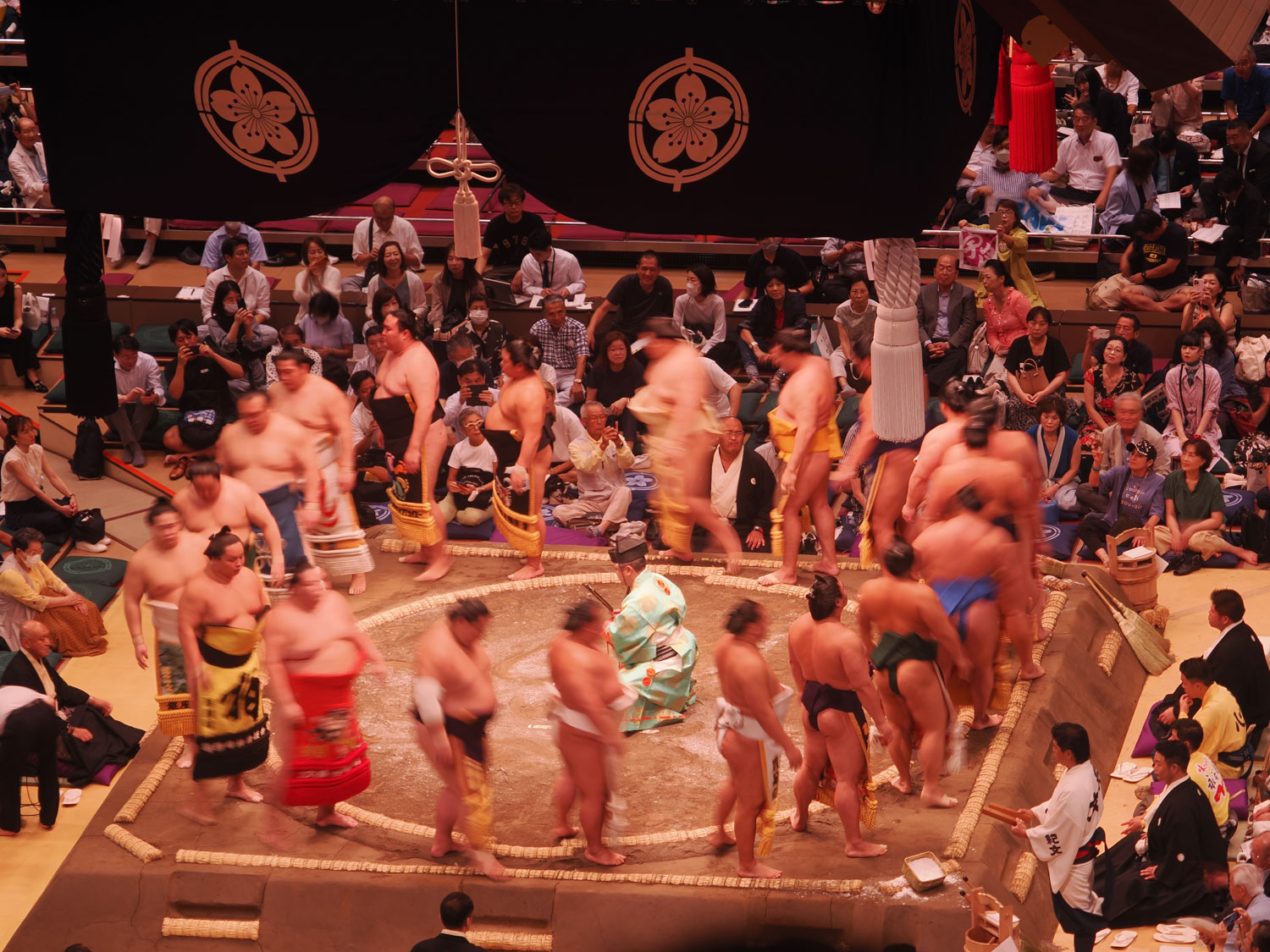
How to Get Sumo Tickets
The schedule for the year’s tournaments can be found on the official website here, the site also states when tickets are released and how to purchase them.
For the September tournament, I actually purchased mine about three weeks in advance, however there was only the one date left, and the seats were in the back row. If you’re hoping to have a little more choice in terms of date and seat allocation, be sure to reserve your tickets the moment they’re released, typically about 6-8 weeks before a tournament.
Reserve your tickets here – https://www.sumo.or.jp/EnTicket/ (The English version should be visible, if not, there’s a language tab at the top of the screen)
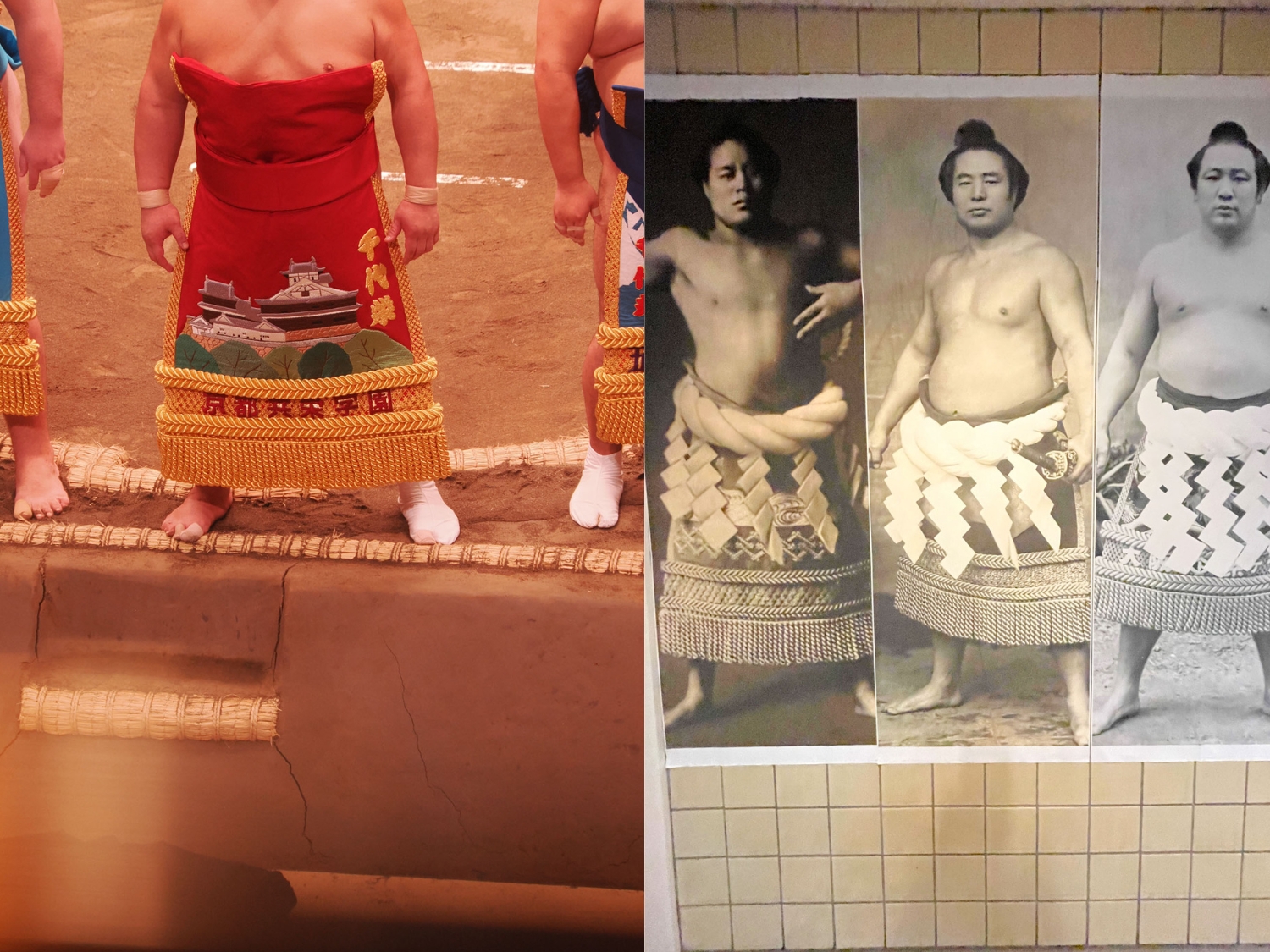
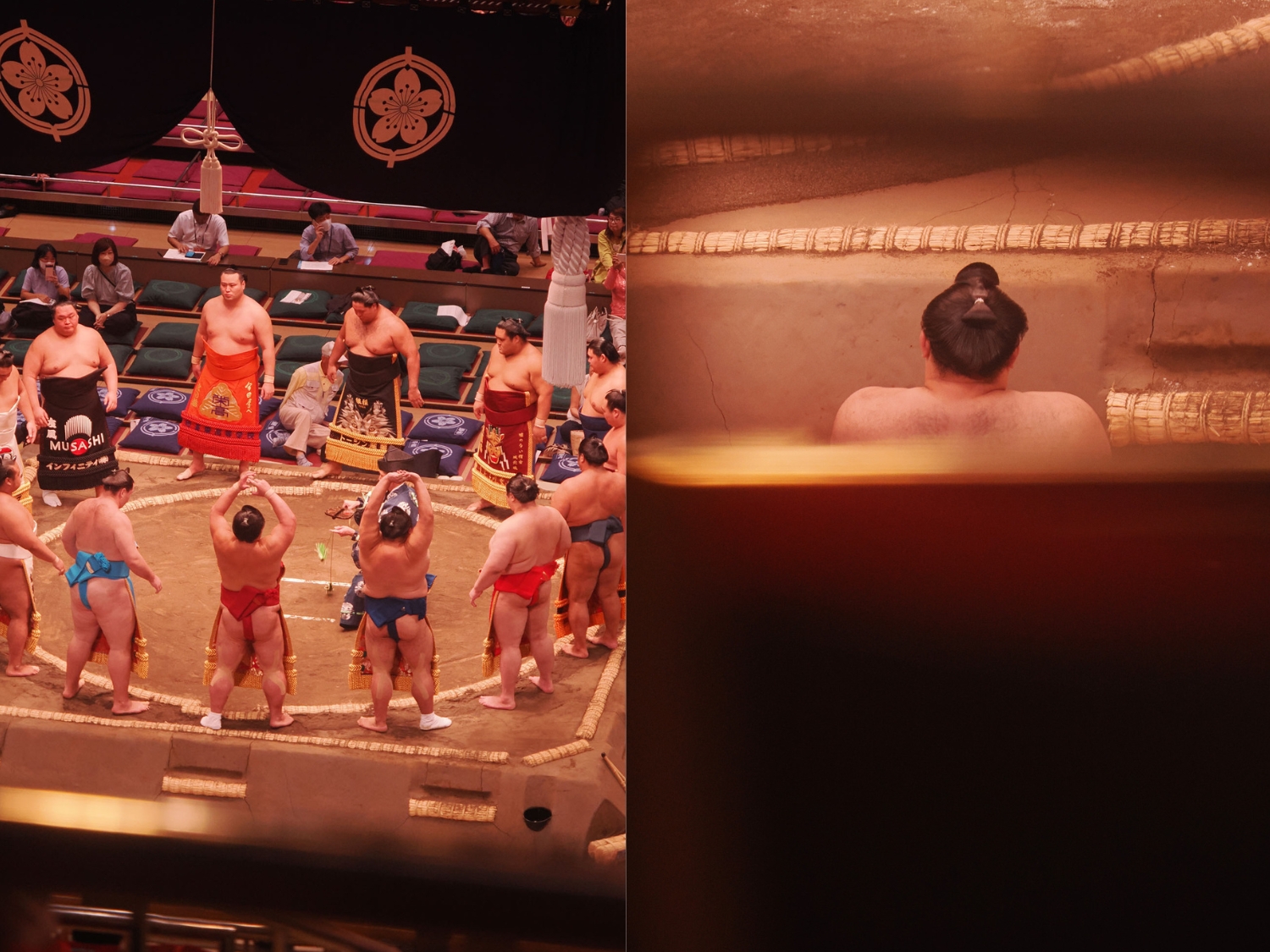
Keen to keep reading about photographing Japan? Browse the following free guides below
Extensive Location Guide – A Photographer’s Guide to Photographing Tokyo
A Complete Guide to Kyoto Photography Locations
Visiting Shibuya Sky – Tips for Photographers
Step Inside the Hoshinoya Tokyo – Luxury Hotel Review
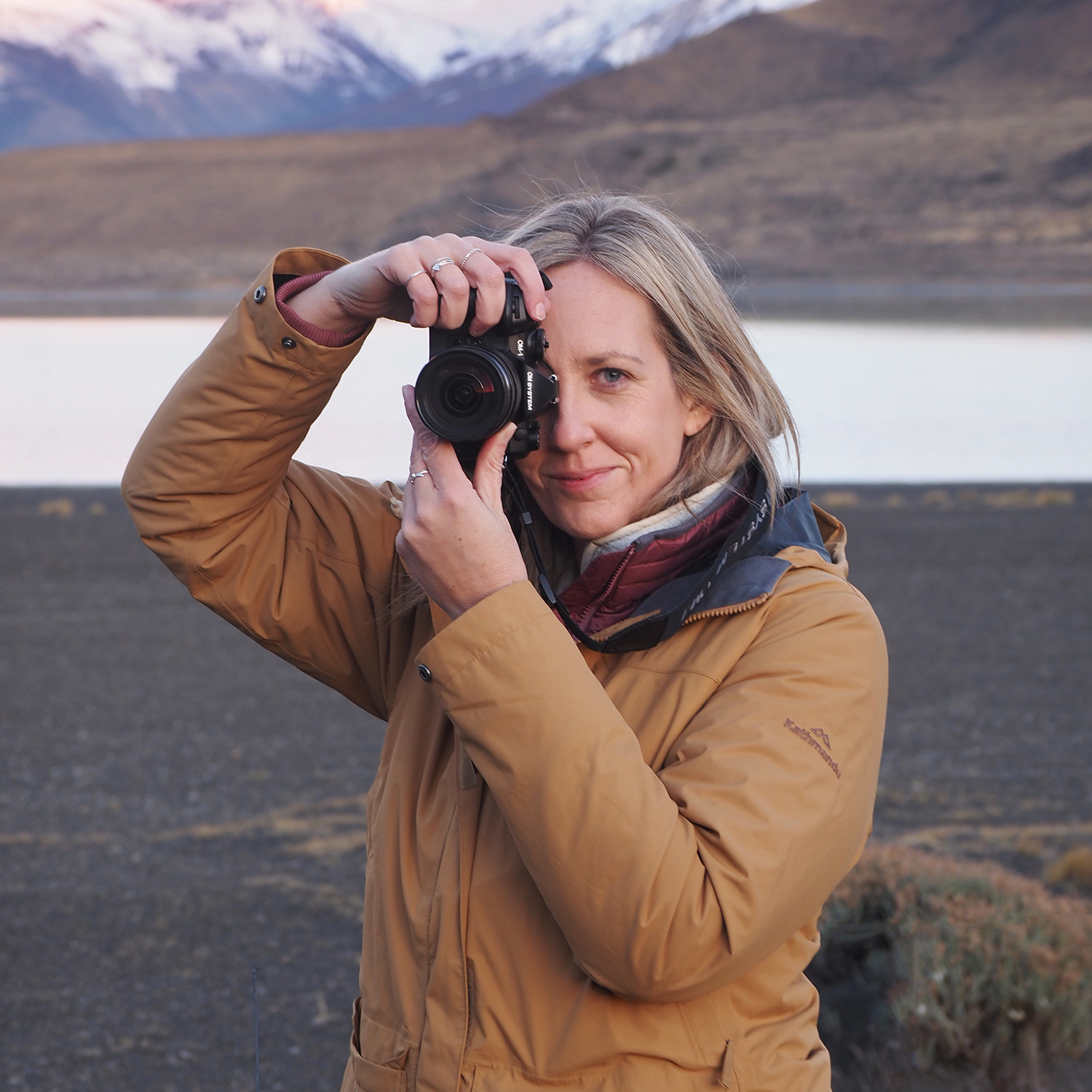
Hello! I’m the founder and photographer behind The Wandering Lens.
With 19+yrs experience as a professional travel and landscape photographer, all advice found on this site is from my personal experience, or that of contributors, on the road. I hope it’s useful for your own travels and would love to hear in the comments about your trips and experiences around the world.


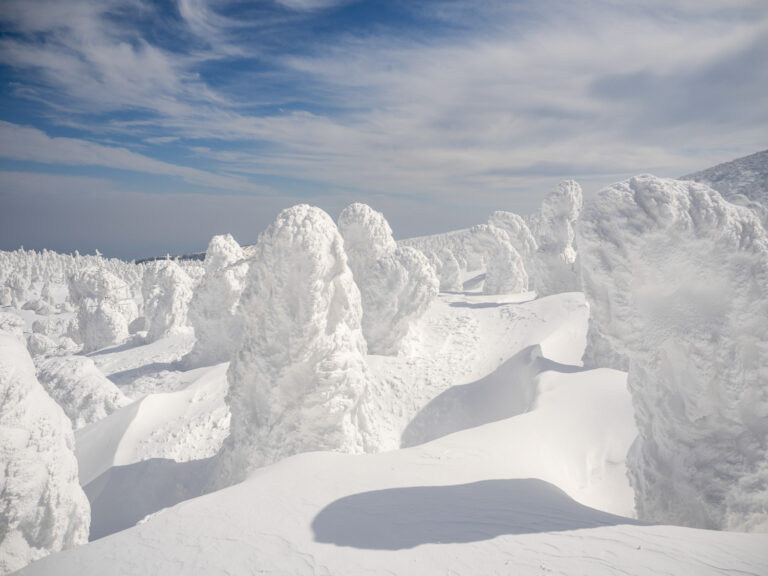
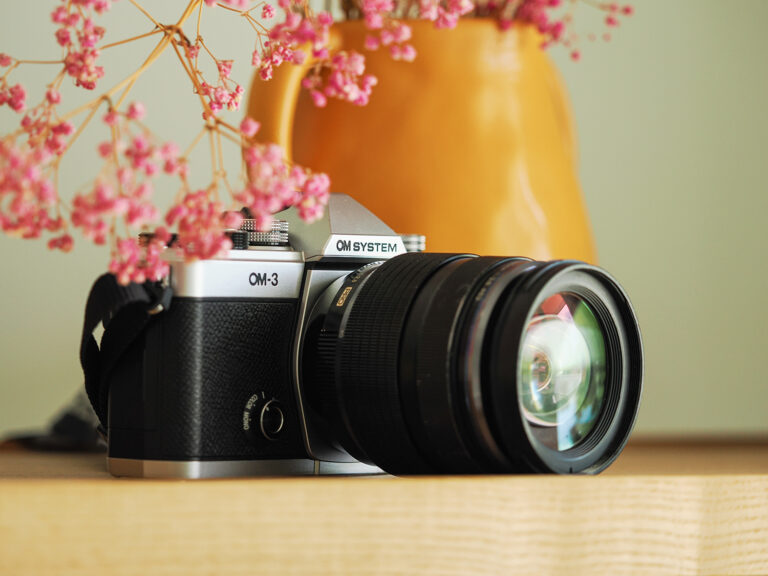
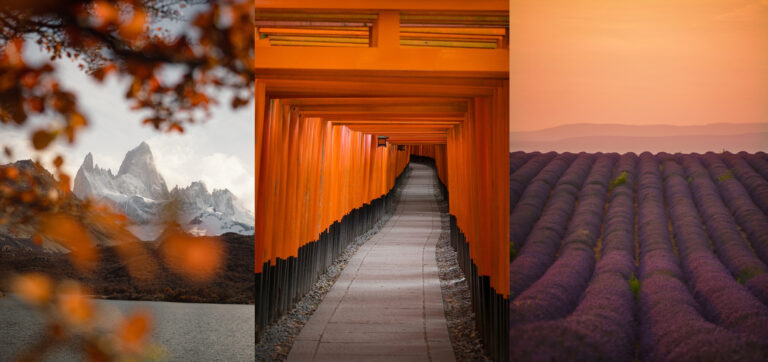
Leave a Comment